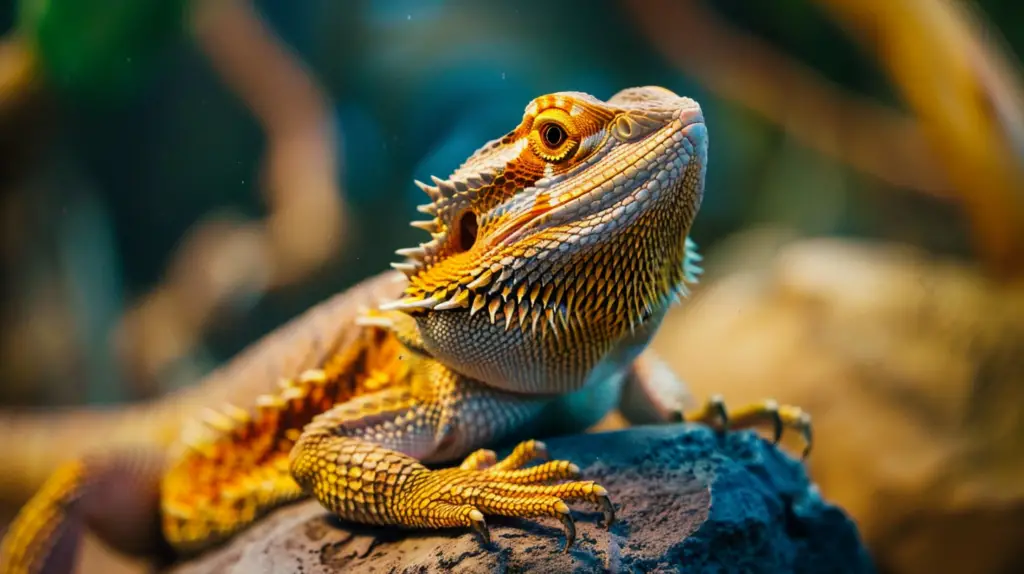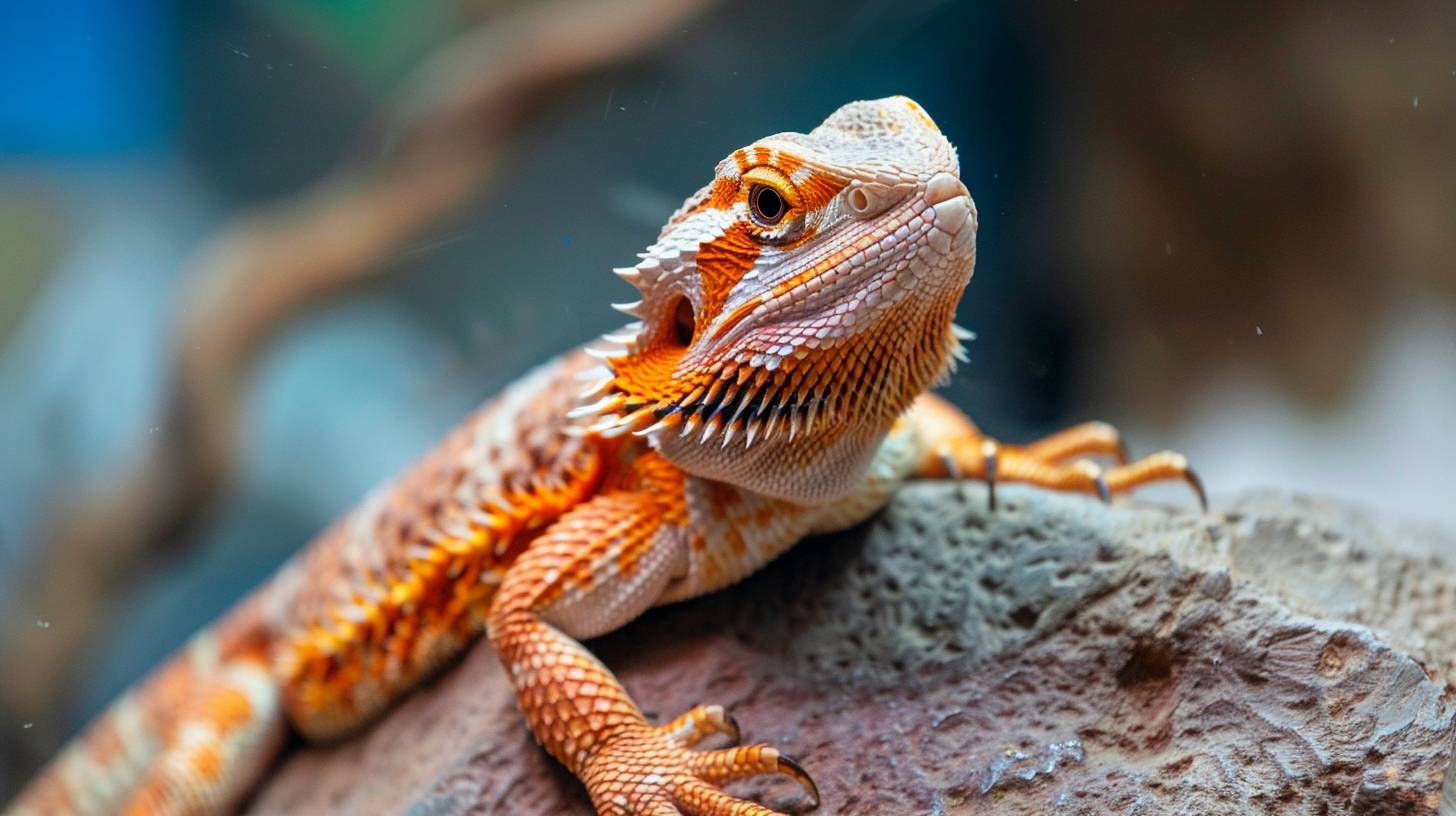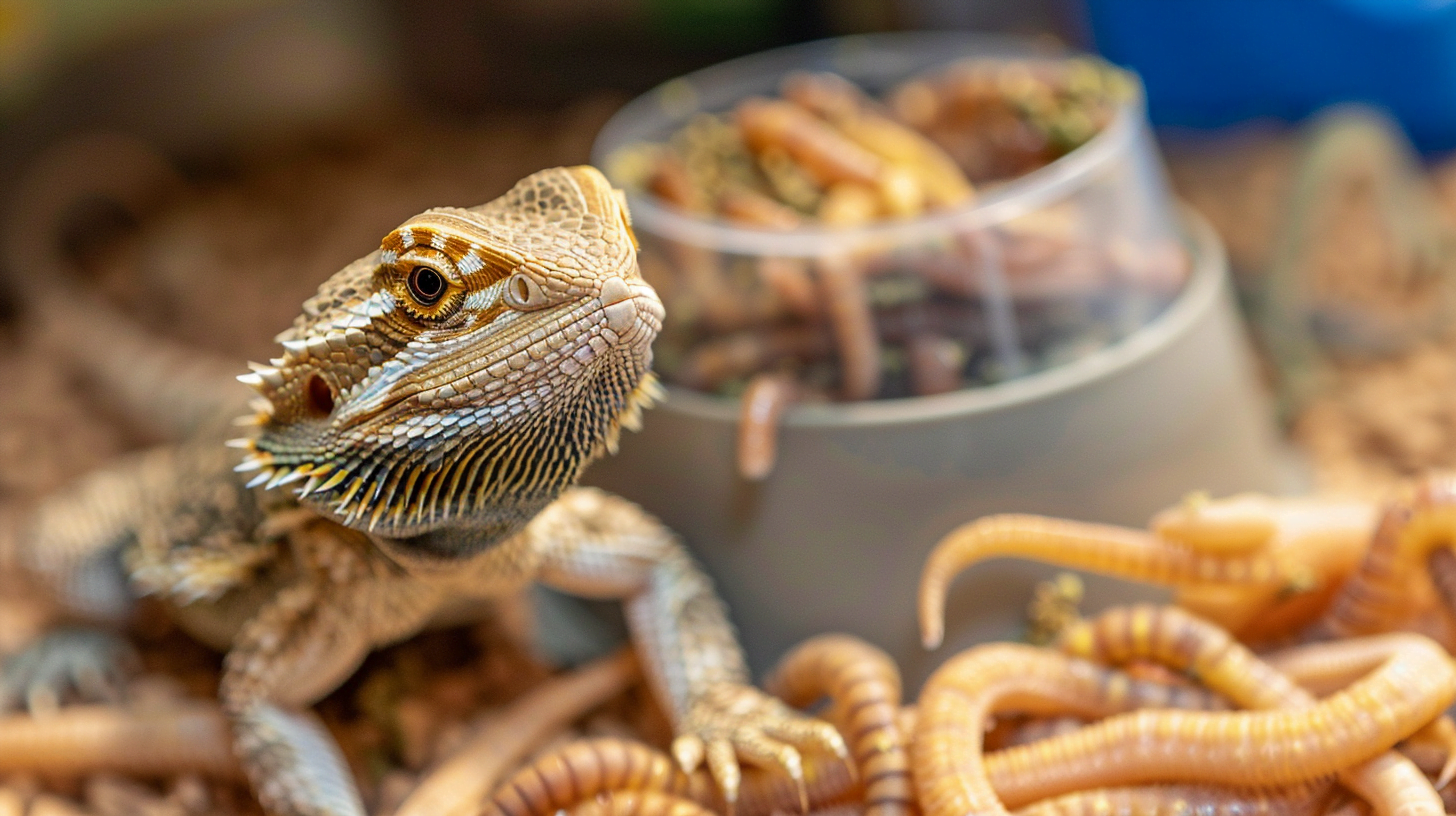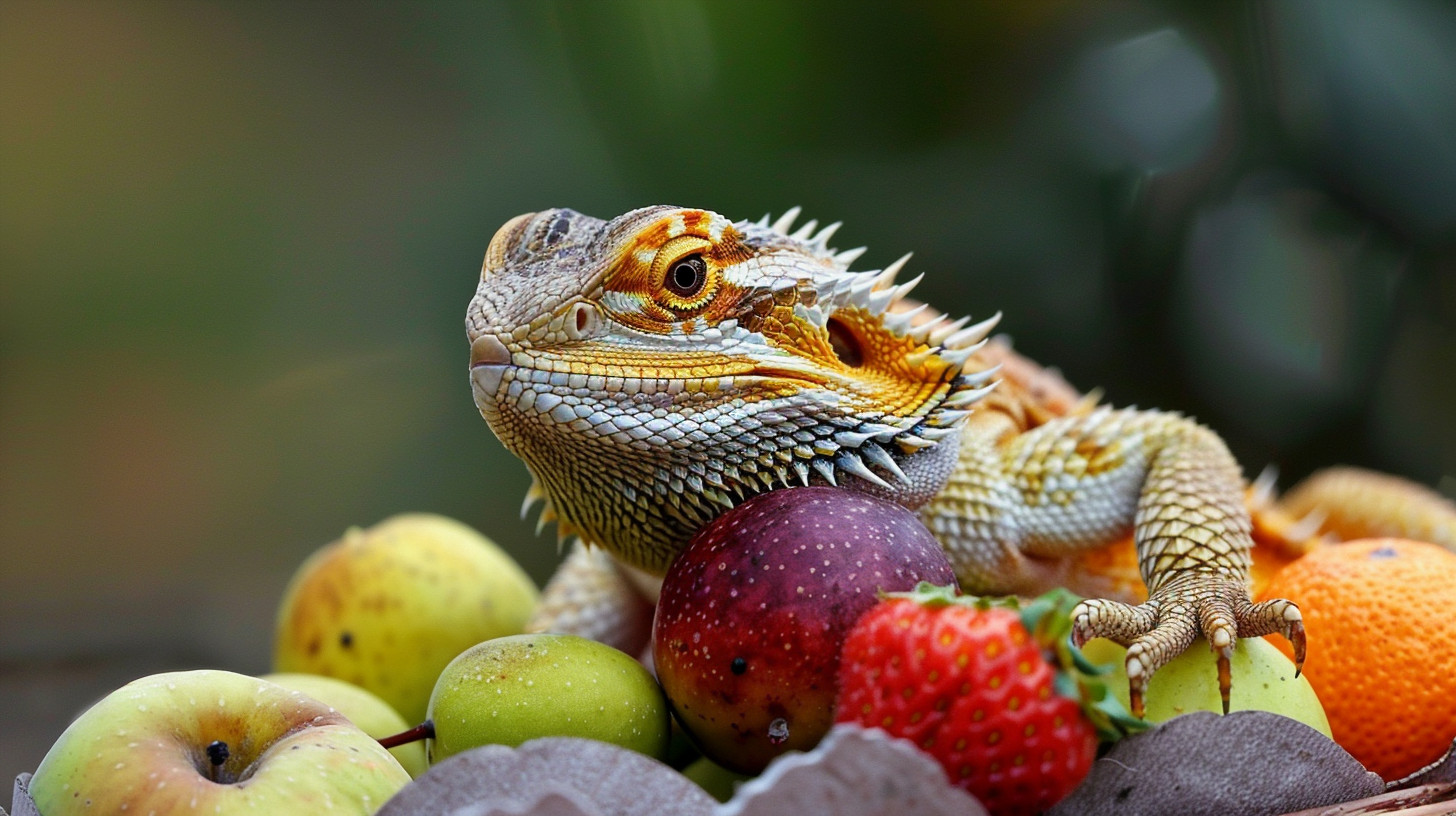Bearded dragons are one of the most popular pet lizards, and for good reason. These docile reptiles make great companions when their habitat needs are met. One of the most critical elements of a bearded dragon enclosure is appropriate temperatures. Maintaining proper heat levels is vital to your bearded dragon’s health and happiness. so how hot should a Bearded Dragon tank be?
Understanding Bearded Dragon Temperature Requirements
As cold-blooded reptiles native to the arid woodlands and deserts of Australia, bearded dragons rely on external heat sources to regulate their body temperature. Unlike mammals, they cannot produce enough internal body heat alone to stay warm.
- Bearded dragons have an ideal body temperature range of 85-105°F.
- If temperatures dip too low, below 65°F, they cannot properly digest food and become sluggish.
- Temperatures soaring above 105°F can lead to fatal heat stroke.
Creating a thermal gradient with a warm basking area and cooler retreat enables your bearded dragon to self-regulate by moving between zones. Getting this temperature balance right provides critical support for your pet’s health.
Basking Spot Temperatures
The basking zone should be the warmest area of your bearded dragon habitat.
- This spot gives your bearded dragon a place to warm up to their preferred body temperature.
- Experts recommend maintaining a basking spot temperature of 100-110°F.
At these temperatures, your bearded dragon can properly thermoregulate and digest their food. Situate the basking light over an elevated perch to create a concentrated beam of heat. Natural stone or wood branches make ideal perches.Having an infrared temperature gun on hand allows easy, precise measurement of basking temperatures. Adjust the height of your overhead basking light to fine-tune the temperature as needed.
Cool Side Temperatures
While the basking area offers essential heat, your bearded dragon also needs access to a cooler retreat when they get too warm.
- On the cool side of the tank, temperatures should remain 80-85°F.
- This temperature range gives your pet the choice to moderate their body heat as needed.
The cool zone can have a hideaway, plants, and other shaded areas for relief from the heat lamps above. Tile or repticarpet substrates hold heat less than loose substrates like sand. Having a solid tank bottom helps maintain the temperature gradient.
Nighttime Temperatures
While lighting and heating elements get switched off at night, temperature control is still vital in your bearded dragon habitat after lights out.
- 75-80°F is the target overnight temperature range.
- Temperatures should never drop below 65°F, as low temperatures hinder digestion.
Supplemental ceramic heat emitters, under tank heat pads, and nocturnal incandescent bulbs can provide ambient heat at night as needed. Use a reliable thermometer to monitor temperatures and make adjustments to maintain the ideal range.

Monitoring and Regulating Tank Temperatures
Maintaining proper thermal gradients requires reliable temperature monitoring and appropriate heating elements.
- Under tank heat pads offer consistent ambient heat.
- Ceramic heat emitters emit infrared heat while producing no visible light.
- Incandescent basking bulbs concentrate heat in a beam.
Strategically place thermometers with probes at both the cool and warm ends to track the temperature gradient. Check readings twice daily and make adjustments as needed.As seasons change, you may need to adapt heating elements, heights, and durations to compensate for shifts in ambient room temperatures. Proper ventilation and air flow will also help stabilize the habitat’s climate.
Other Important Heating Considerations
- Allow access to a shaded hiding area so your bearded dragon can escape intense light when needed.
- Avoid loose particulate substrates like sand, which can get dangerously hot under heat lamps.
- Set heat lamp heights to create an ample 95-100°F basking zone without excessive overhead heat.
- Provide a 14-hour photoperiod during summer months and 8-10 hours in winter.
Conclusion
Ensuring your bearded dragon’s enclosure offers a hot basking zone between 100-105°F, a cooler area around 80°F, and overnight lows above 75°F provides critical support for your pet’s health and happiness. Reliably monitoring and regulating temperatures with appropriate heating tools is essential. With some strategic heating and lighting adjustments, you can give your bearded buddy the desert conditions they thrive in.




